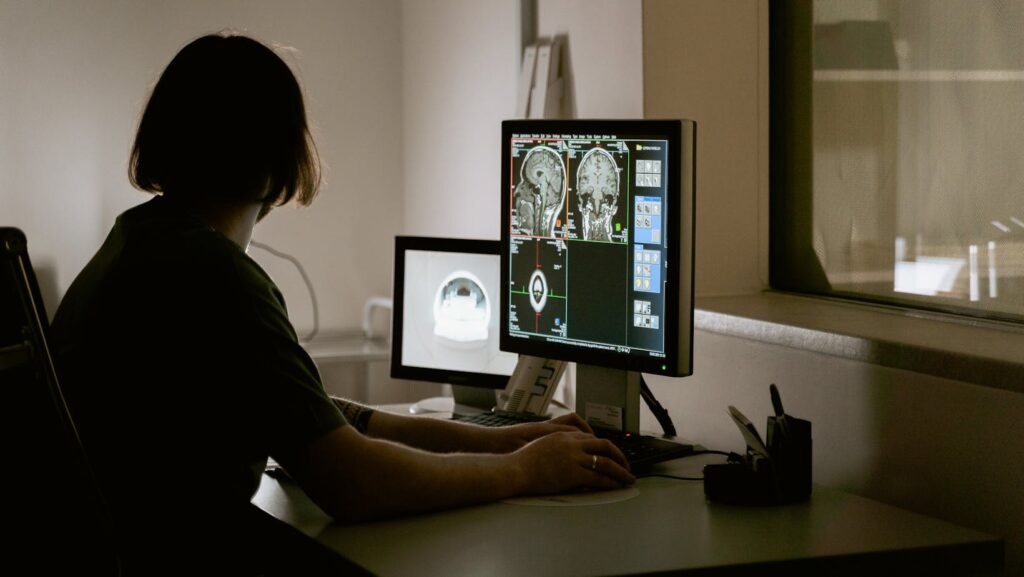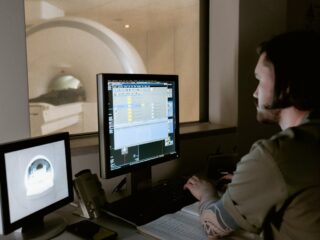
Embarking on a career as an X-ray technician can be a rewarding journey filled with opportunities to make a difference in the healthcare industry. As someone who has navigated the path to becoming an X-ray tech, I understand the steps and dedication required to excel in this field.
Join me as we explore the exciting world of X-ray technology and discover what it takes to become a skilled and compassionate X-ray tech.
How To Become An X-ray Tech

Having delved into the intricacies of how to become an X-ray tech, I can shed light on the profession’s multifaceted nature and its significance in the healthcare sector.
- Operating Imaging Equipment: In the realm of X-ray technology, operating various imaging equipment is a fundamental aspect of the job. As an X-ray tech, I’ve honed my skills in handling X-ray machines, CT scanners, and other specialized devices to capture clear and accurate images for medical diagnosis.
- Patient Interaction: Interacting with patients is a key component of an X-ray tech’s daily responsibilities. I’ve found that establishing rapport with individuals undergoing imaging procedures is essential for ensuring their comfort and cooperation during the process.
- Collaboration with Healthcare Providers: Collaborating closely with healthcare providers, including radiologists and physicians, is crucial for delivering comprehensive patient care. As an X-ray tech, I’ve learned the significance of effective communication and teamwork in interpreting imaging results and assisting in patient treatment plans.
- Continuous Learning and Professional Development: The field of X-ray technology is ever-evolving, requiring X-ray techs to engage in continuous learning and pursue professional development opportunities.
Through this exploration of the profession of X-ray tech, I aim to provide valuable insights into the dynamic and fulfilling journey of becoming an X-ray technician.
Education Requirements for X-Ray Techs
To kickstart my journey on how to become an X-ray tech, I delved into understanding the essential education requirements for this career path. Completing a formal education program is a crucial step towards becoming a certified X-ray technician.
Here are the key aspects of the education requirements for X-ray techs:
- Completion of an Accredited Program: I began my exploration by enrolling in a program accredited by the Joint Review Committee on Education in Radiologic Technology (JRCERT). These programs provide a comprehensive curriculum covering topics such as radiobiology, anatomy, patient care, radiation physics, and medical ethics.
- Associate’s Degree: Pursuing an associate’s degree in radiologic technology is a common educational path for aspiring X-ray techs. These programs typically last around two years and include both classroom instruction and hands-on clinical experience.
- Clinical Experience: Gaining practical experience through clinical rotations at healthcare facilities is a vital component of the education process. During these rotations, I learned how to operate imaging equipment, interact with patients, and collaborate effectively with other healthcare professionals.
The knowledge and skills acquired through my education have equipped me to deliver exceptional service in the dynamic and vital field of radiologic technology.
Career Opportunities and Advancement Paths
Exploring the career opportunities and advancement paths available to me as an X-ray tech is essential for my professional growth. As I progress in my career, there are several avenues I can pursue to enhance my skills and take on more significant roles within the field.
Specializations:
- As an X-ray tech, advancing my career through specialization can open up new opportunities. Specializing in areas such as computed tomography (CT), magnetic resonance imaging (MRI), or mammography can lead to higher-paying positions and increased job satisfaction.
Leadership Roles:
- Transitioning into leadership roles, such as a lead radiologic technologist or a radiology manager, allows me to take on more responsibilities and oversee the work of a team. These positions often come with higher salaries and the chance to contribute to the strategic direction of a healthcare facility.
Educational Advancement:
- Pursuing further education, such as a bachelor’s or master’s degree in radiologic sciences or healthcare administration, can open doors to roles in research, education, or healthcare management. These advanced degrees can also lead to teaching opportunities in academic settings.
By exploring these career opportunities and advancement paths, I can chart a course for a rewarding and fulfilling career as an X-ray tech.










